“Any ideas of art history or significance were forgotten,” wrote gallerist Virginia Dwan in 1990, remembering the first time she saw one of Yves Klein’s all-blue reliefs through the window of Galerie Rive Droite in Paris. Within a year, Klein would be living in Dwan’s Malibu beach house, making work to show in her Los Angeles gallery.
On March 14, 2017, five days before the opening of Los Angeles to New York: Dwan Gallery, 1959-1971 at Los Angeles County Museum (LACMA), Dwan spoke about the excitement Klein brought her. He “has gotten a rather bad reputation of just taking nudes and scrubbing them around on canvas,” she said, but that interested her less than his wilder conceptual imaginings. “He wanted to build architecture from jets of air coming out of the ground … He was involved with the whole universe, actually,” the 85-year-old continued, “and very important to my thinking finally.” Her affinity for Klein’s ambitions is telling: Dwan cared far more about fostering adventurous urges, and engaging them, than her position in Important Art.
When Dwan moved her gallery from its first Westwood location to a larger storefront on Lindbrook Drive in 1962, she built an arched, tunnel-like entrance. This way, “people would leave the world as we know it behind and come to be with the art, really be with it.” The first show, an exhibition by French-Armenian artist Arman, included clear receptacle sculptures into which guests tossed trash during the opening. Three months later she put on My Country Tis of Thee, one of the first Pop Art shows in the U.S. Four years later, she gave Robert Smithson his first show, and then funded his Spiral Jetty (1970) and Michael Heizer’s Double Negative (1969). Her roster is undeniably and consistently important, canonically speaking, but what influenced her decisions more than these kinds of calculations was a hunger to see and experience differently.
With Los Angeles to New York, Dwan becomes the first of a group of quietly influential female Los Angeles gallerists to receive large-scale institutional attention. The exhibition, announced in 2013 just after she gifted 250 objects (by Smithson, Sol Lewitt, Agnes Martin) to the National Gallery of Art (NGA) in Washington D.C., debuted there in November 2016. It documents the period from her gallery’s 1959 opening, when she was 27 and had just inherited a portion of the fortune her grandfather amassed after co-founding the conglomerate 3M, through to its 1971 closure. According to Holland Cotter’s New York Times review, curator James Meyer had to persuade Dwan of the value of such a retrospective to “give visible shape to her half-hidden history.” That she should need or want such visibility was apparently not obvious to her.
Since the 1970s, Dwan has given interviews sparingly. When she does, she emphasizes the transformative potential of the work, its bearing on lived experience. In contrast, her ubiquitous Los Angeles peer, Ferus Gallery director Irving Blum, readily talks game-changes, strategy, finances, and the “adventure of going West” when interviewed about his legacy. His narrative, like Leo Castelli’s, is canon-ready whenever he recounts it. That Dwan’s program had different motivations, and perpetuated different ideas of success, gave it its potency but also contributed to its relative obscurity. Doing justice to her legacy now means acknowledging, not downplaying, both her non-conformity and subsequent marginalization.
Unfortunately, the framing of Los Angeles to New York doesn’t help with this. Instead, it plays into the disruptor narrative, as central to twentieth and 21st-century art as it is to Silicon Valley solipsism. Press releases and curators’ essays cite, as reasons for her significance, the “increasing mobility of the artworld” and the novelty of Dwan’s bicoastal program (she opened a second space in New York in 1965). But the diverse aspirations of the show’s content thankfully belie such tidy framing.
The installation conveys a wide-open sense of possibility from the start. Upon entering the Resnick Pavilion, window-lit and the only single-story building on LACMA’s campus, visitors first encounter 1960s acrylic columns that New Mexico-based Charles Ross filled with clear oil to make the surrounding scenery perpetually shift. Behind the prisms hangs a photograph of Ross’s architectonic masterpiece, Star Axis (1971-present), a fortress-like circular chamber up ten flights of stairs in the desert (Dwan gave Ross initial funding for the project, around the same time she helped Heizer begin his still-in-progress City).
Ed Kienholz’s Backseat Dodge ’38 (1964), the life-size sculpture of a floppy couple making love in the backseat of an actual 1938 Dodge, occupies the back corner of the largest gallery. The L.A. County Board of Supervisors threatened to pull county funds from LACMA if the piece was shown back in 1966; now it’s more satirical than salacious. Robert Grosvenor’s Untitled (yellow) (1966/2017), a massive yellow cantilevered aluminum beam, juts downward from the ceiling, never touching the floor. Lee Lozano’s tongue-in-cheek text-record of Real Money Piece (1969), in which she offered guests real money in a jar “like candy,” lies in a vitrine (Lozano is among a handful of women who showed with Dwan, though one wonders if her roster would have reflected greater balance had she remained open through the 1970s).
Perhaps because of the gregariousness of what she showed, Dwan preferred to let art speak for itself. When critic Jessica Dawson took on Dwan’s legacy in a 2011 essay for X-TRA, written just before the Getty Research Institute launched its region-wide celebration of SoCal art from 1945-80, she compared the hunger for recognition of Ferus Gallery’s Walter Hopps and Irving Blum with Dwan’s reticence. “Why has Dwan gone largely uncredited in the development of postwar Los Angeles art?” Dawson asked, building toward her own theory: while Blum and Hopps positioned the Pop Art they exhibited as radically breaking from Abstract Expressionism, Dwan treated Pop – and most art she exhibited – as having historical continuity with past avant-garde movements. Dawson’s is a fascinating theory because it suggests that the gallerist’s marginalization stems from her own failure to proclaim her program as groundbreaking. Her oversight was a choice: “I did not approach this art as a movement,” she wrote of Pop in 1990, “rather, I was engrossed by each person’s unique vision.”
In 1966, one year before Dwan finally and wholly moved her operation to New York, Riko Mizuno opened her gallery on La Cienega Boulevard. She was the second, after Dwan, in a series of women to take on programs that reveled in the experimental and gave artists opportunities they couldn’t have elsewhere. At Mizuno’s gallery, Chris Burden performed Deadman (1971), lying motionless on the street outside the gallery underneath a tarp until the cops arrived. Ed Moses removed the ceiling. Also on La Cienega, Eugenia Butler – briefly Dwan’s assistant in the early 1960s – opened her eponymous gallery in 1968. In 1970, Icelandic artist Dieter Roth sent cheese in suitcases overseas to Butler’s gallery; it remained in the cases, on display, until the health inspector arrived to shut down the exhibition. Claire Copley opened in 1973, and allowed Michael Asher to remove the walls and expose her office and business operations for the duration of his 1974 exhibition. Dwan had demonstrated that a gallery could be an agile conduit for exploration; Mizuno, Butler, and Copley expanded on her model.
None of these gallerists made concerted efforts to be remembered and publicly recognized after closing their spaces, not because they didn’t understand the art history game – they had other priorities. When asked what she was doing since her gallery closed, Butler told an interviewer, “I’m just doing, just living. I’m involving myself in work that is about life and about change.” In a very brief video the Getty made about Mizuno’s gallery in 2011, two of her artists do most of the talking as she sits by. “The gallery was part of life,” says Vija Celmins, adding she considers her former dealer “a friend” as Mizuno turns away from the camera and leaves the room. “She wanted adventure,” Ed Moses says a few frames later. Adventure and attention aren’t the same.
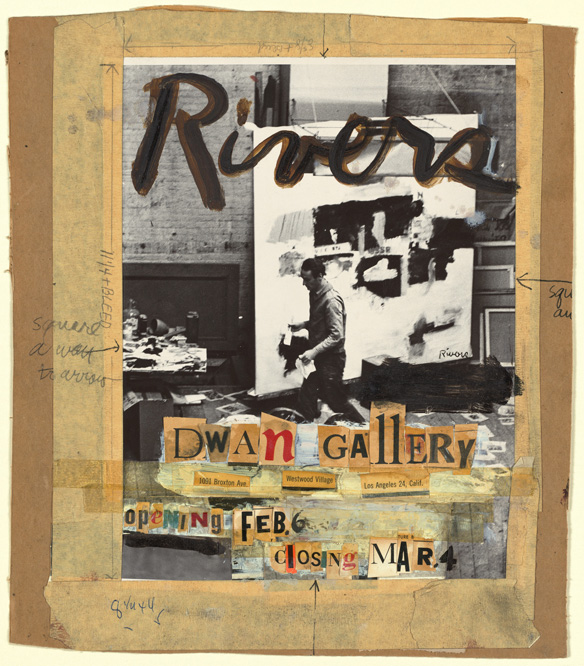
Larry Rivers, Maquette for Larry Rivers Exhibition at Dwan Gallery, 1961. Colection of Virginia Dwan, © Estate of Larry Rivers. Photo: Tricia Zigmund.
One small show held during Pacific Standard Time, the Getty’s massive 2012 survey, attempted to recognize Butler, Mizuno, Copley, and the dealer Morgan Thomas; but it was held in the single-room gallery of a private high school in Santa Monica. Eugenia Butler’s granddaughter, Corazon del Sol, has staged two exhibitions about her grandmother’s legacy, with non-profit LAND and the Box Gallery. Still, Los Angeles to New York remains the only substantial, establishment effort – motivated, of course, by Dwan’s own gift – to thoroughly explore the influence of any of these women. The show, in spite of its “East Coast/West Coast” hook, makes delightful strides toward destabilizing those narratives of lineage and greatness that so often keep conversation about art self-referential. We need more such shows.
However, this exhibition does nothing to cement any reputations, as nearly every artist Dwan exhibited has a name by now. Rather, it reframes, putting Minimalists, Abstractionists, Earth artists, Conceptualists, artworld drop-outs, and Pop painters together as essential ingredients in a mélange that’s much vaster and richer than any one of them alone.
Dwan recalled during the panel discussion on March 14 that Walter Hopps, Ferus Gallery co-founder and later director of the Pasadena Museum, used to come into her gallery and explain the work on her walls to guests and potential collectors. She said, finally, “I have a real distaste for talking about art. I like the gestalt of the work, the whole experience of the thing.”

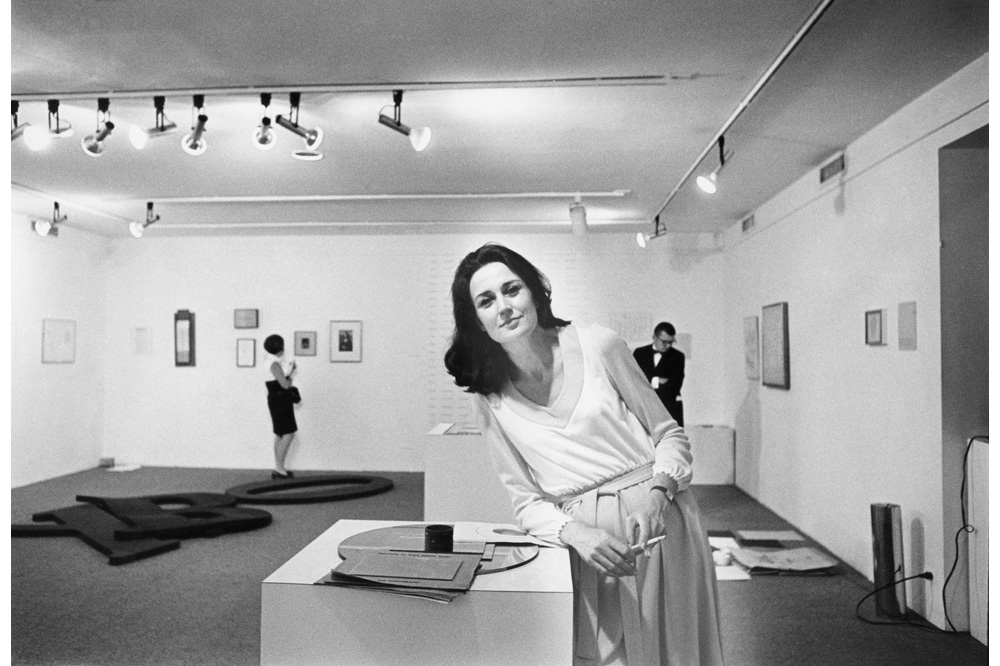







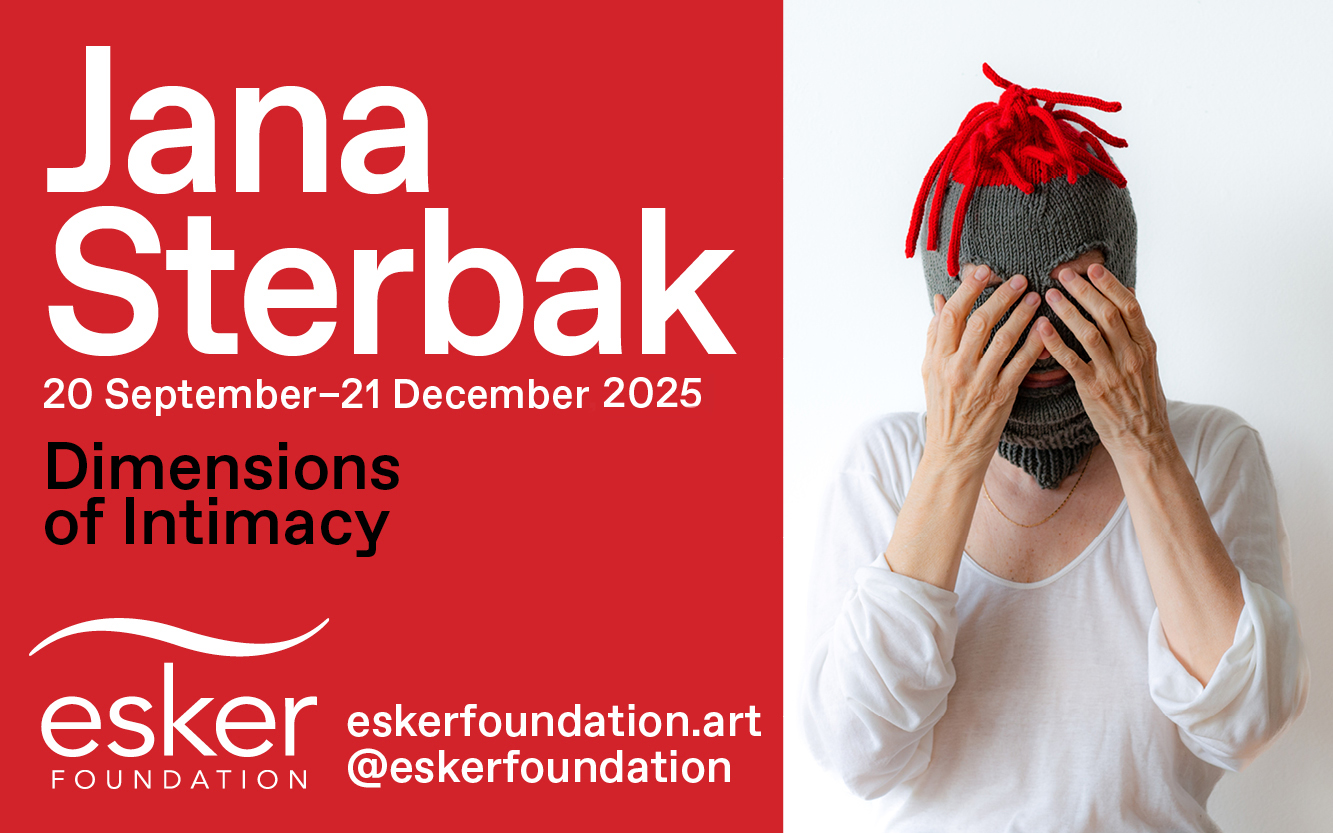


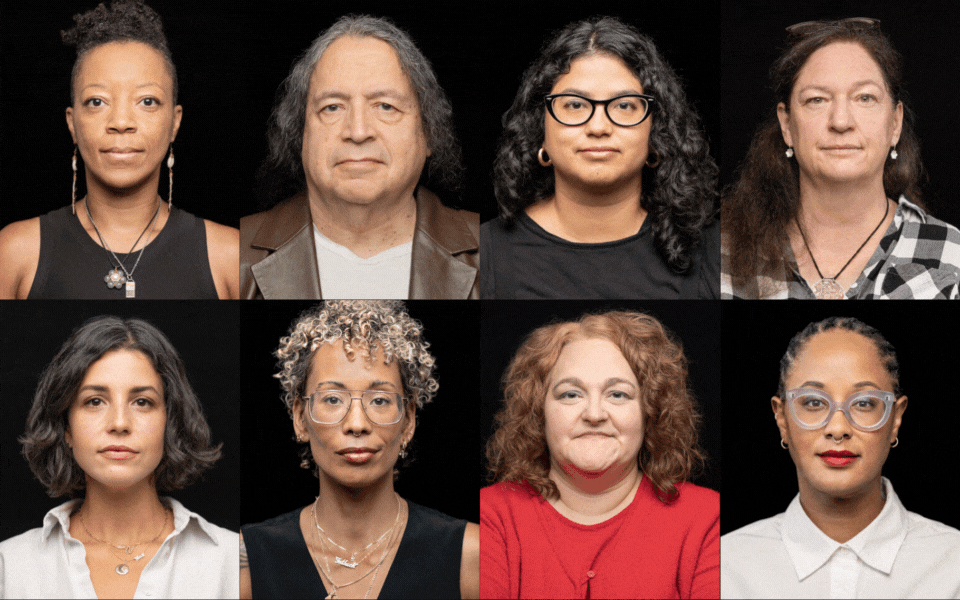


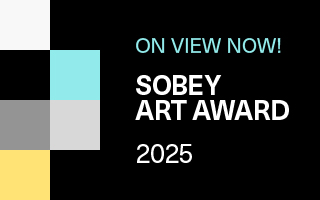

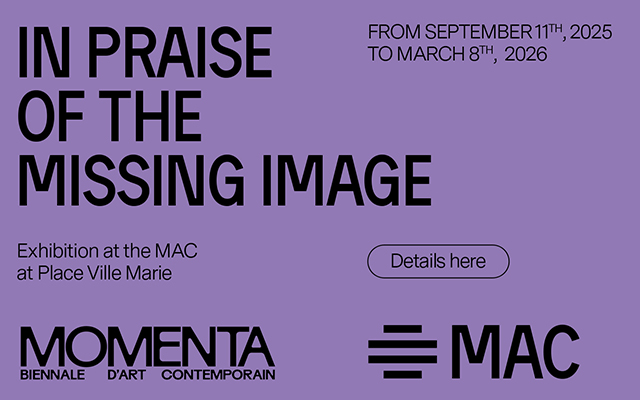
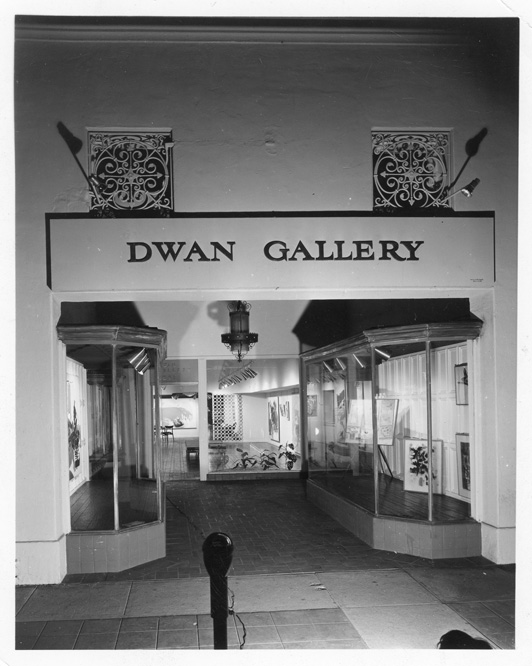
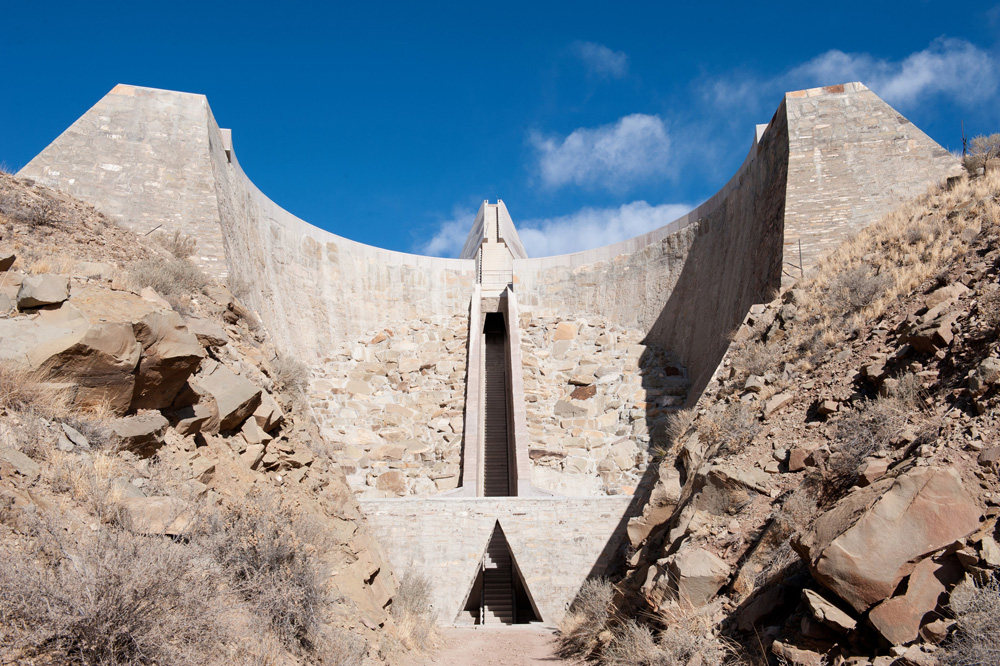
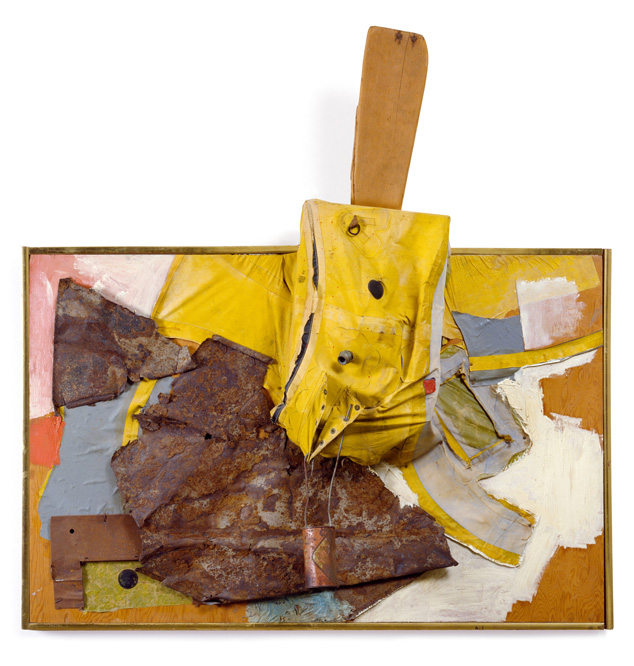
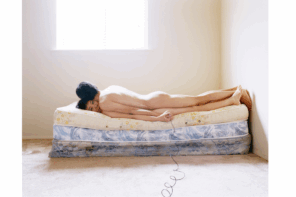

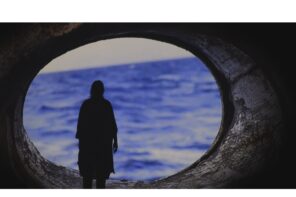
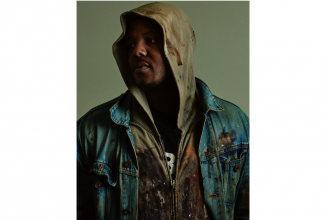

3 Comments